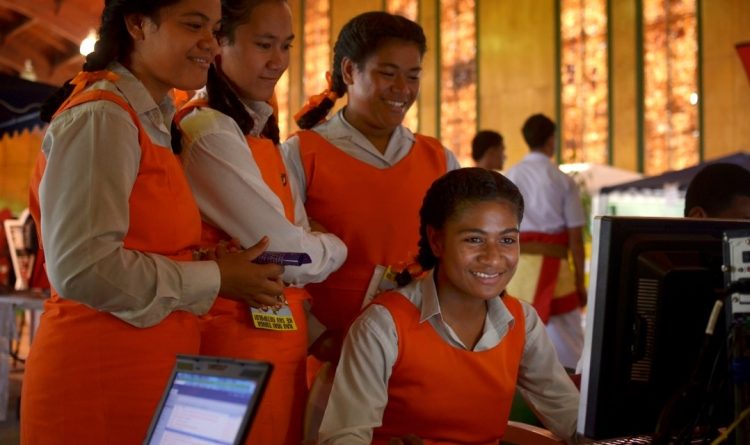Opening a global conversation about the gender digital divide
Master of International Business (MIB) candidate Garima Gupta recently co-authored a piece for World Bank Blogs on the digital and gendered divides exposed by the COVID-19 pandemic.
In the blog, Garima and her fellow co-authors, Kate Gromova and Reyn Anderson, explain that the pandemic highlighted how critical digital technologies are in today’s interconnected world. They describe how technology helped prevent greater economic downturn around the globe by equipping businesses with digital tools so that they could operate remotely and in accordance with social-distancing guidelines. Additionally, internet services and various web-based applications helped education, governmental, and healthcare systems maintain some form of normalcy as the world scrambled to acclimate to the “new normal.”
Based on these examples, it’s clear that countries with strong digital infrastructures were able to manage and respond-to the challenges of the pandemic more easily than regions that lack broadband access or technologic adoption.
Gupta, Gromova, and Anderson state that in addition to underscoring the need of strong digital infrastructures, the COVID-19 pandemic calls attention to the people and communities that have been left out of their country’s digital transformations. They explain that because economic development has become more dependent on digital technologies, regions and communities with limited or no access to technology are falling behind at an astonishingly quick rate. This is especially true for developing nations, or those with limited access to secure broadband networks or digital technologies, more broadly.
Gender inequality also becomes a key issue when thinking about the social divides exacerbated by the pandemic. “The ability to use digital technologies productively and safely requires digital literacy, skills, and confidence that may not be provided or encouraged for women and girls”, explains the authors. “Pursuing STEM education may be actively discouraged, narrowing the pipeline of potential female leaders, role models in technology fields, and gender-based innovation.”
A solution to these critical issues will likely involve forging a collaborative path forward between public institutions and private enterprises, which can use their extensive resources to identify and respond-to the gaps widened by the COVID-19 pandemic. Gupta, Gromova, and Anderson say that in order “to find a definitive solution for addressing the gender digital divide, we need a comprehensive, systematic approach to define, measure, analyze and understand it”.
In addition to this, the authors explain that “[w]e need a system for systematically collecting data to establish a baseline and measure progress. We also need to educate decision-makers in government, businesses, and academia about the burdens the gender digital divide brings. Finally, we need to design and implement effective measures to address it.”
For more information, read the full blog post on World Bank Blogs by following the link below.

